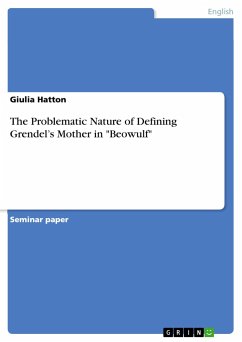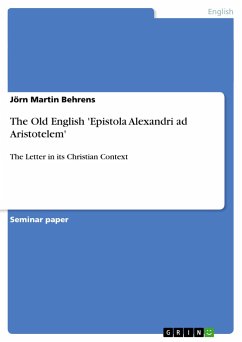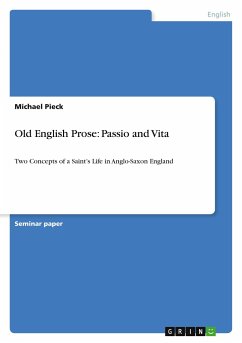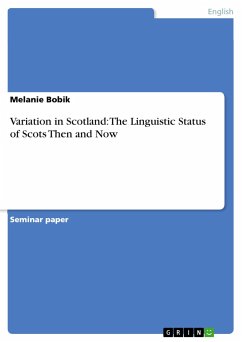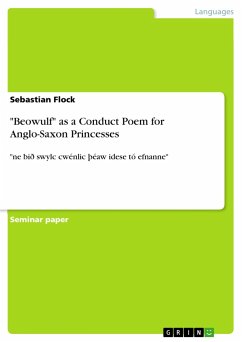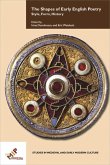Seminar paper from the year 2015 in the subject English Language and Literature Studies - Literature, grade: Merit, University of Nottingham, course: MA Applied Linguistics, language: English, abstract: This paper will describe the use of litotes and meiosis in "Beowulf", discuss the functions that have been ascribed to these linguistic features and consider why it has proven problematic to assign a specific function to understatement in the poem.Several commentators have identified litotes, ironic understatement and negation as characteristic features of Old English poetry. Patterson (2000, 135) states that litotes is the 'characteristic mode of "Beowulf"'. Mitchell and Robinson (2012, 281) in a footnote to "The Wanderer", refer to 'the Anglo-Saxons' predilection for understatement', while Bracher (1937), in an early study of understatement in Old English Poetry, describes its use as 'frequent' and 'striking'. In the same study Bracher suggests that Albert Tolman may have been the first to identify this feature in Old English poetry, when he asserted that 'the rhetorical device known as "denying the opposite" is more frequent in A.-S. than in later English poetry' (Tolman, 1887). Bracher (1937) finds that understatement occurs in Beowulf with a ratio of one occurrence per 34 lines and that this ratio is exceeded in several other poems, up to a ratio of one occurrence per 17 lines in "The Riming Poem". Bracher (1937) cites this high occurrence of understatement, along with its rarity in prose, as evidence that it was a characteristic linguistic feature of Old English poetry. Bracher also points out that in the rare occurrences where it is possible to compare prose and poetic versions of the same material, understatement is restricted to the poetry.


